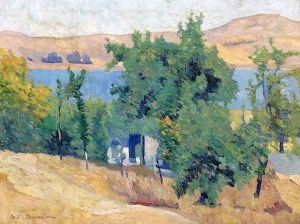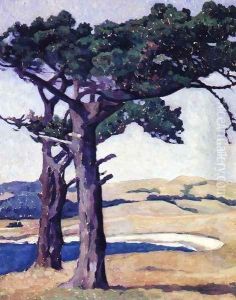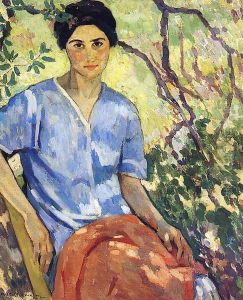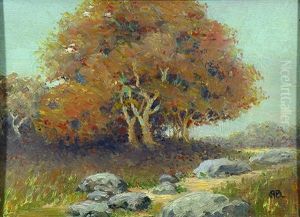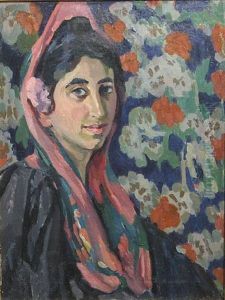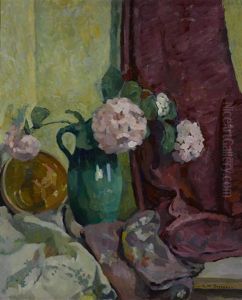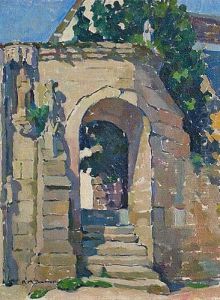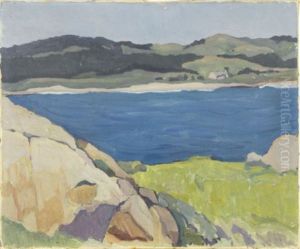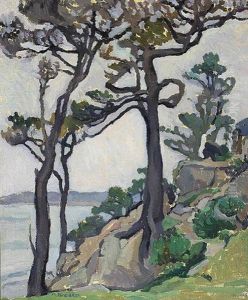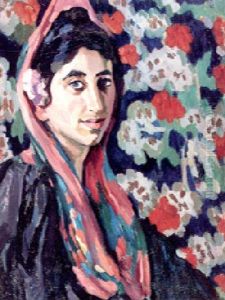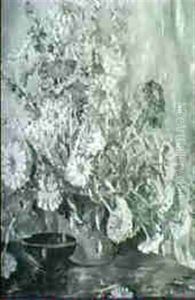Anne Bremer Paintings
Anne Bremer was an American painter, born on November 10, 1868, in San Francisco, California. She was a notable figure in the early California art scene and is known for her contribution to the development of modern art in the United States, particularly on the West Coast. Bremer studied at the Mark Hopkins Institute of Art, which later became the San Francisco Art Institute, under the tutelage of Arthur Mathews and Amedee Joullin, who were influential figures in the Arts and Crafts Movement. Her early work was characterized by tonalist and impressionist styles, which were popular in American art circles at the time.
Bremer traveled to Paris in the late 1890s to further her studies, which was a common practice among American artists seeking to refine their skills and absorb new influences. In Paris, she attended the Académie Colarossi and the Académie Julian, two of the most prestigious private art schools that were open to women and international students. During her time in Europe, she was exposed to Post-Impressionism and the burgeoning modernist movements, which had a profound influence on her work. She adopted a more expressive and abstract style, utilizing bold colors and dynamic compositions.
Upon returning to the United States, Anne Bremer continued to paint and exhibit her work while also becoming an active member of the San Francisco art community. She was one of the founders of the San Francisco Society of Women Artists in 1917, which aimed to provide support and exhibition opportunities for women artists who were often marginalized in the male-dominated art world.
Bremer's work was well received, and she participated in numerous exhibitions throughout her career, including the Panama-Pacific International Exposition in 1915, where her art was on display alongside other prominent artists. Her paintings are characterized by their vibrant palette, with an emphasis on landscapes, still lifes, and portraits.
Unfortunately, Anne Bremer's life and career were cut short when she died on February 24, 1930, in San Francisco, after a long battle with leukemia. Despite her relatively short career, she left behind a legacy as a pioneer of modern art in California and as an advocate for women in the arts. Her work continues to be appreciated and is held in several museum collections, including the San Francisco Museum of Modern Art.
